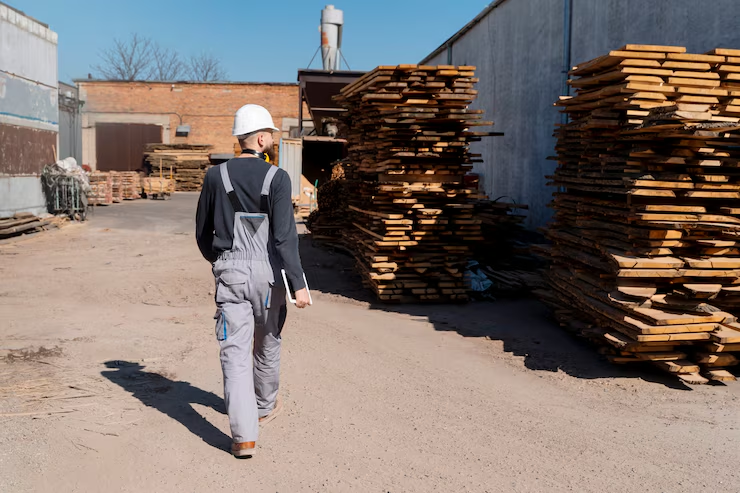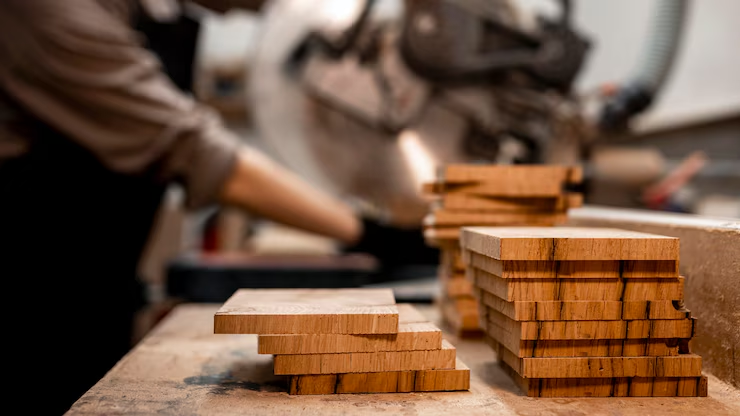Ranked #1 in Accurate and Reliable Estimation Services
A Fastest Turnaround 24 Hours!
Ranked #1 in Accurate and Reliable Estimation Services
A Fastest Turnaround 24 Hours!
Ranked #1 in Accurate and Reliable Estimation Services
A Fastest Turnaround 24 Hours!
Ranked #1 in Accurate and Reliable Estimation Services
A Fastest Turnaround 24 Hours!

Lumber constitutes wood that is part of one of the oldest and most common materials used in construction such as wood houses, furniture, cabinets, etc. The reason as to why lumber is popular is it’s very strong, easy to work with, looks aesthetically pleasing. But how does it affect the climate? In this article, we will explain in simple words how lumber impacts the environment and what it means for the climate.
Lumber is wood that has been cut and prepared for building things like walls, floors, and roofs. There are different kinds of lumber, including solid wood and engineered wood products like plywood or cross-laminated timber (CLT). These products help builders make strong and safe buildings.
Carbon dioxide, one of the gases that contribute to global warming, is absorbed by trees as they grow. When a tree is turned into lumber, the carbon that was captured is stored within the wood. Hence, wooden structures have the potential to function as carbon reservoirs. This transforms them into vital resources for mitigating greenhouse gas concentrations in the surrounding environment.
Cutting down trees can be bad if done carelessly. If too many trees are removed, forests shrink, and this reduces the Earth’s ability to absorb CO2. This process, called deforestation, leads to more carbon in the air and contributes to climate change. However, if lumber is sourced from forests that are carefully managed and replanted, this problem can be reduced or avoided.
Making lumber involves cutting, drying, and transporting wood. All these steps use energy, and often this energy comes from burning fossil fuels, which releases carbon into the air. But compared to materials like steel or concrete, producing lumber uses much less energy. This means lumber has a smaller carbon footprint during production.
Many buildings use steel or concrete instead of wood. These materials need a lot of energy to make and release a lot of CO2. Lumber, on the other hand, uses less energy to produce and helps store carbon. Plus, wood is renewable, which means we can grow more trees to replace the ones we cut down.
To make sure lumber helps the environment, it is important to use wood from forests that are managed carefully. Sustainable forestry means cutting trees in a way that allows forests to grow back and stay healthy. This includes:
There are also certifications, like the Forest Stewardship Council (FSC), that show lumber comes from sustainable forests.

Engineered wood products are made by gluing pieces of wood together. These products are strong and can be used in big buildings. They use smaller pieces of wood, which helps reduce waste. Also, they often come from sustainable forests, making them better for the environment.
Using lumber in construction is not perfect. Some challenges include:
If builders order too much lumber, a lot of wood can go to waste, which is bad for the environment. If they order too little, projects get delayed, causing extra trips and emissions. Lumber estimation services help builders figure out exactly how much wood is needed. This saves money, reduces waste, and helps protect the climate by using resources wisely.
The future of construction is likely to include more use of lumber, especially engineered wood, because it is better for the climate than steel or concrete. New technology and better forest management will help make lumber an even greener choice.
Lumber usage in construction affects the climate in many ways. When used responsibly, lumber can help reduce greenhouse gases by storing carbon and needing less energy than other materials. But it is important to make sure wood comes from well-managed forests and to use it efficiently. By choosing lumber wisely and using services like lumber estimation, builders can help protect the climate and build stronger, greener buildings.
0 Comments